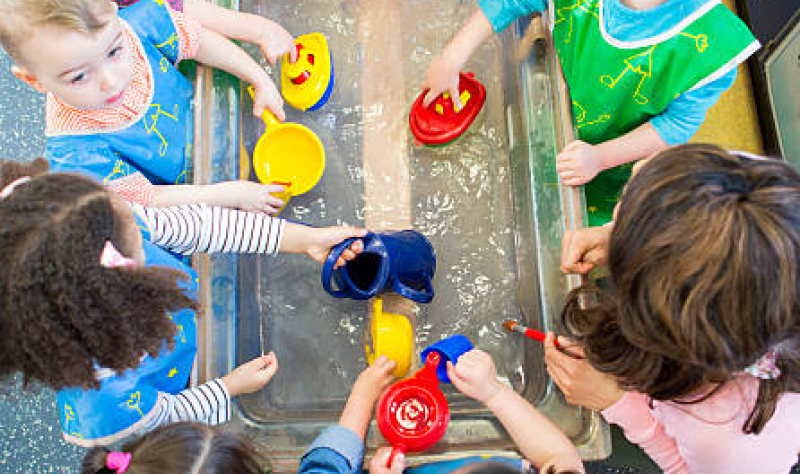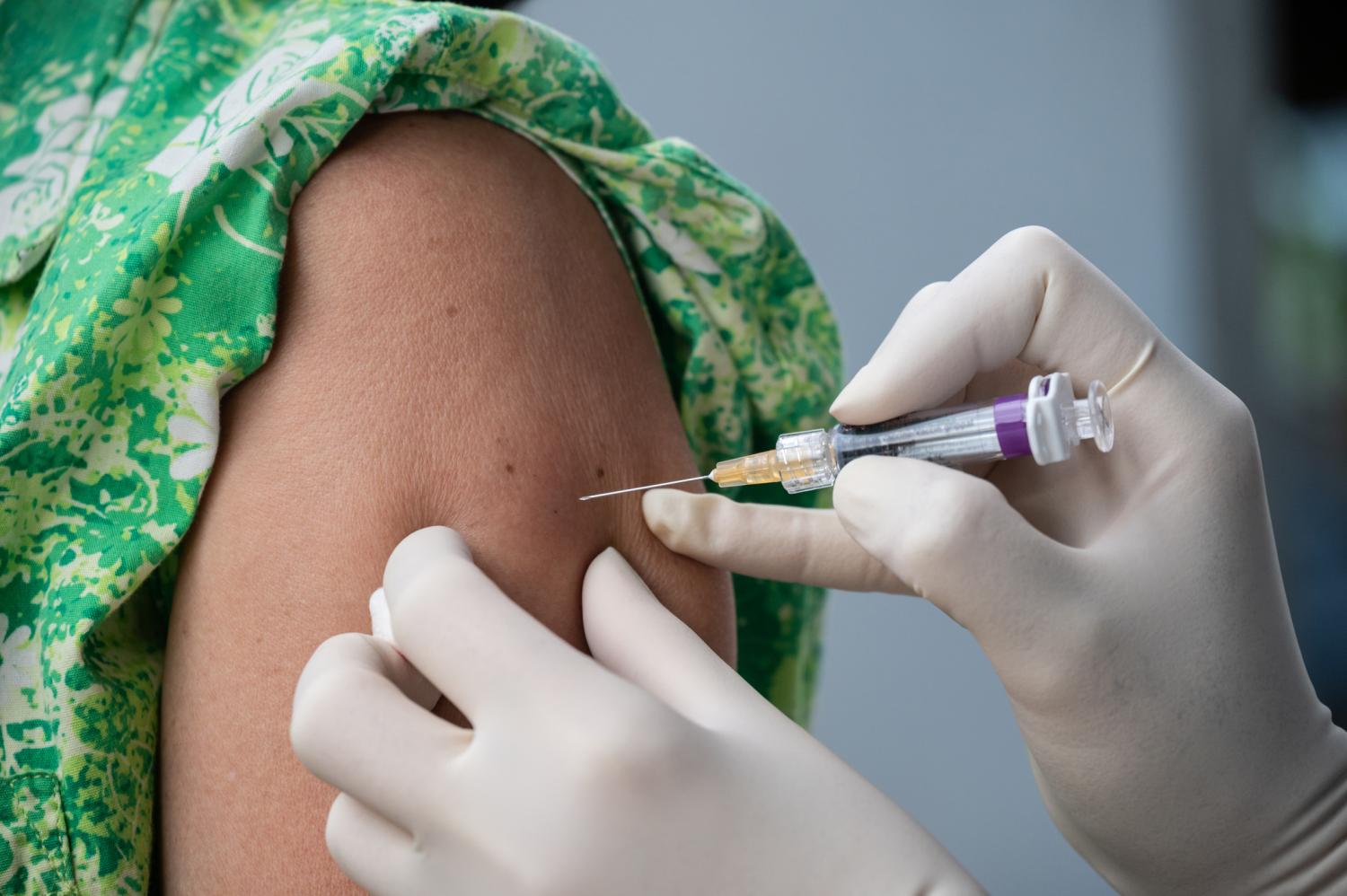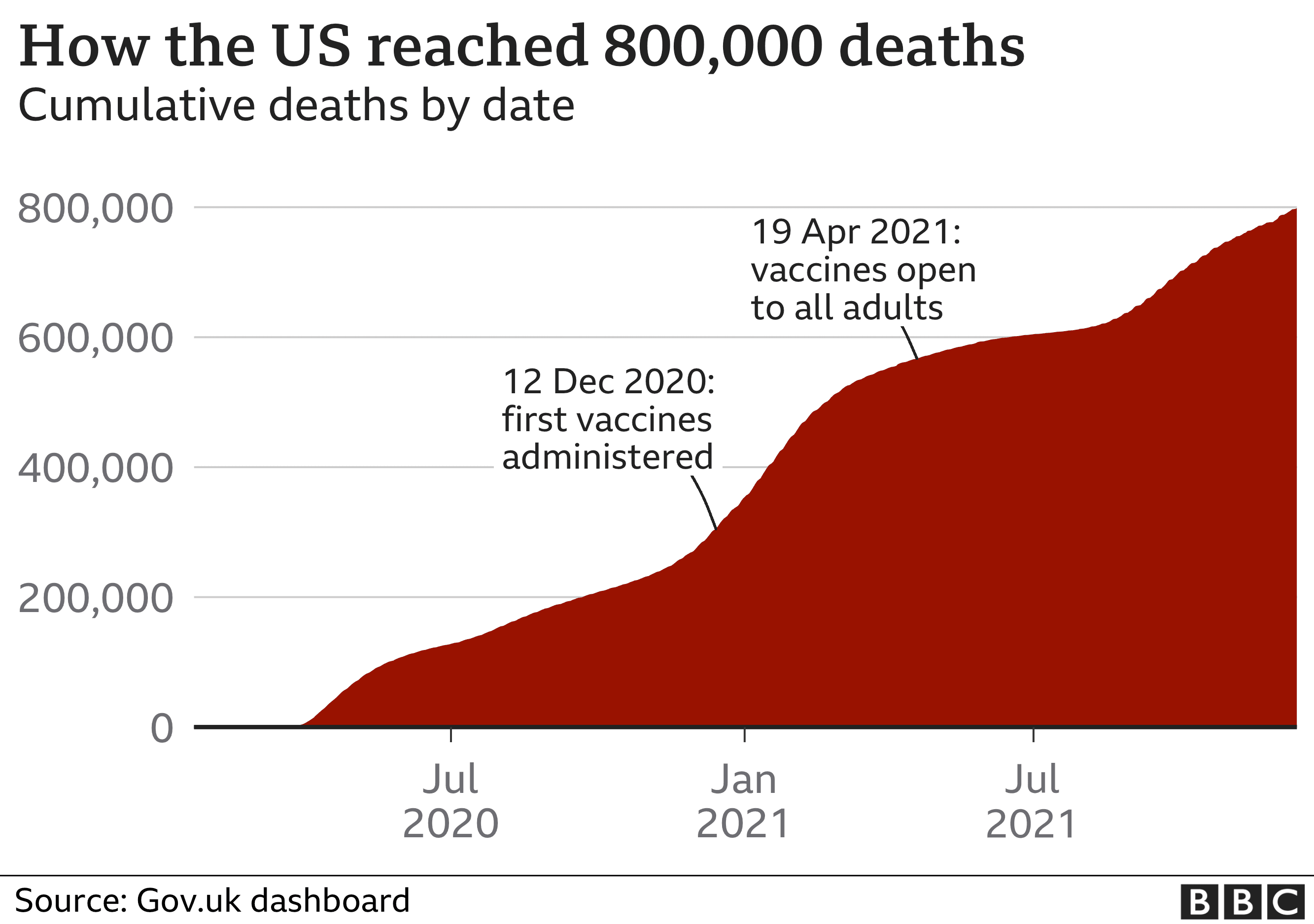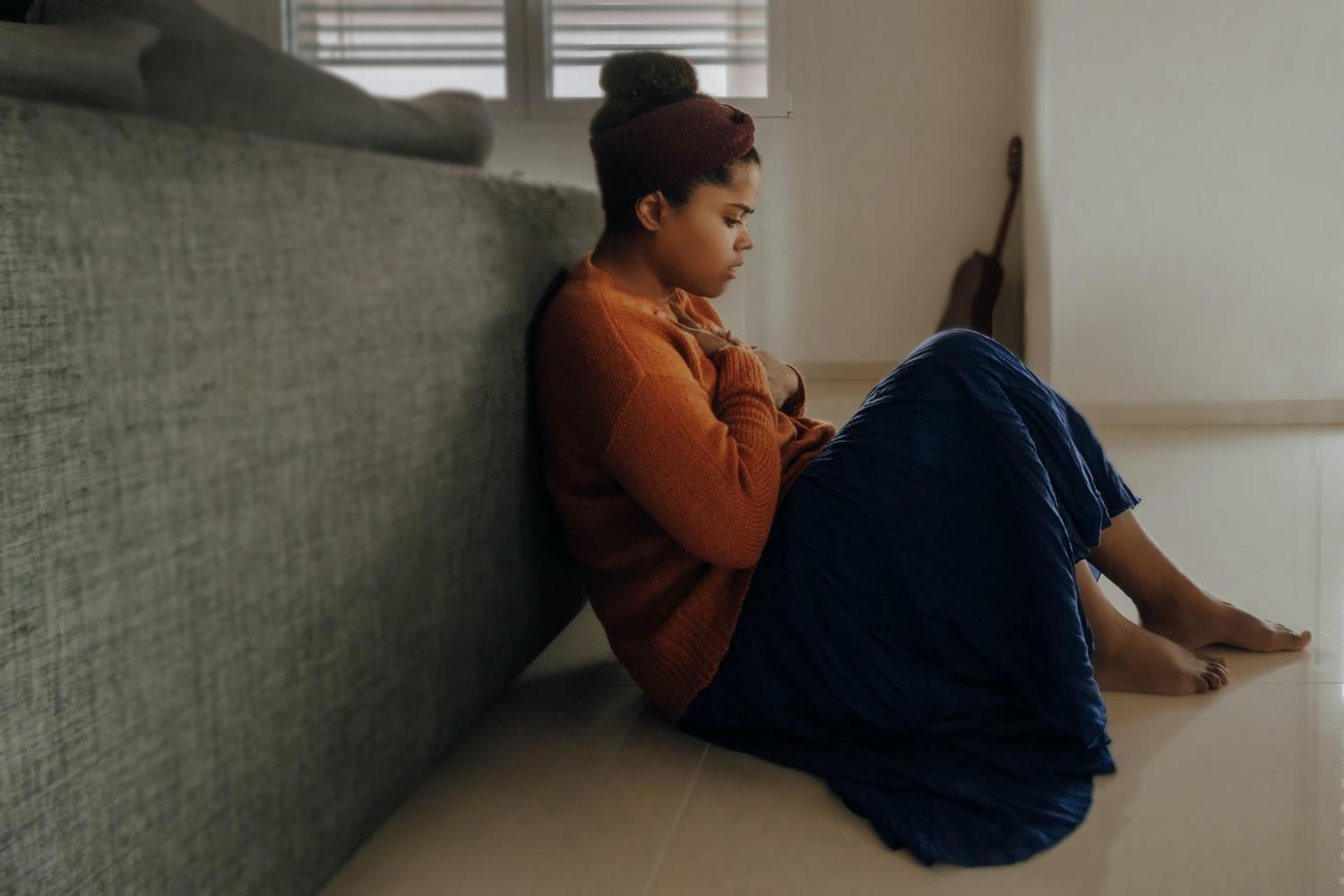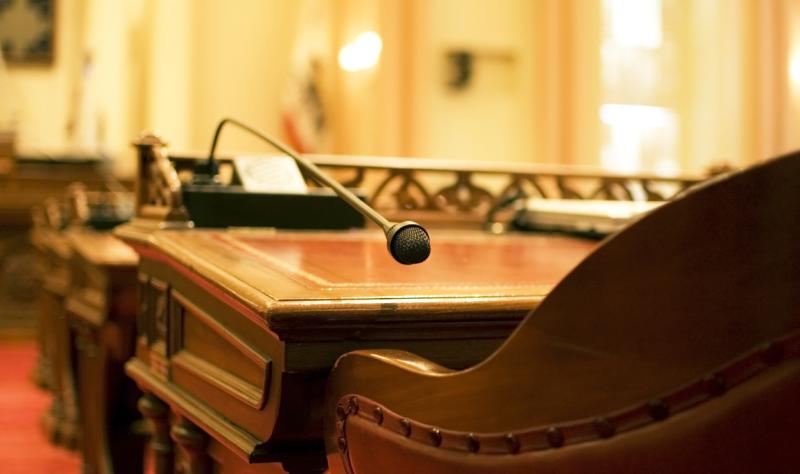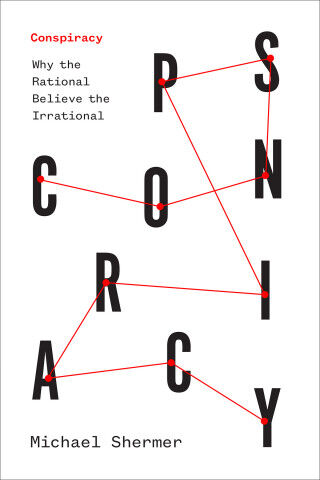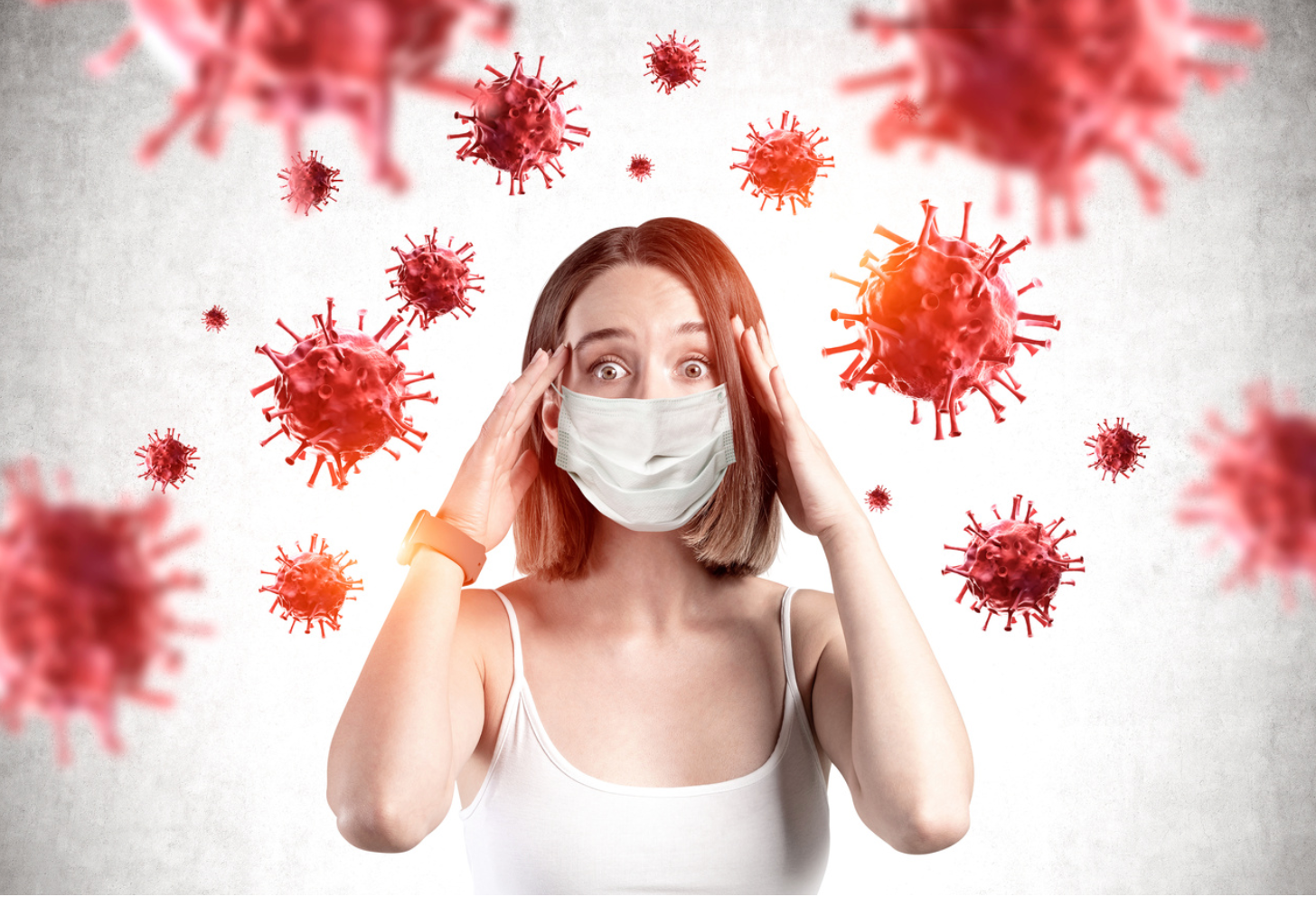COVID in California: Will tailored boosters help stave off a fall COVID surge?


The two new COVID vaccine boosters approved last week by the FDA and CDC face twin challenges: Whether they will hold up against an evolving coronavirus and whether a pandemic-weary public can be convinced to submit to yet another injection. How do you know whether the booster you’re getting is one of the new ones or the older variety? We’ve got the answers. Now that the federal program offering free COVID home test kits has expired, where can you go to get free or low-cost tests? And check out our COVID tracker for the good news about falling case counts and hospitalizations in the Bay Area and California.
Can new booster shots tailored to omicron help prevent a fall surge?
When the first COVID-19 vaccines arrived nearly two years ago, they came with the promise that their formulas could be adjusted quickly and easily to target coronavirus variants and allow for a nimble defense to an evolving pathogen. Now that promise is being put to the test. Millions of Americans 12 and older are newly eligible to get redesigned booster shots authorized last week by federal officials. The new products target both the ancestral coronavirus that launched the pandemic as well as currently circulating omicron subvariants. Read more about the revised shots, which will be under the spotlight this fall both for how well they hold up against the virus and how much appetite a pandemic-wary public has for yet another injection.
Pandemic Problems: Should I have taken Paxlovid?
A Chronicle reader writes to our Pandemic Problems column with an unusual query: She and her husband were steered away from the antiviral drug Paxlovid by their doctor when they both got COVID in July because they were relatively healthy. Plus, they had heard about the “rebound” phenomenon, where people recover and then get sick again — and wanted to avoid that outcome. But even without the Pfizer medicine, they rebounded. Would they have fared better if they had taken the drug? Read up on what experts say about COVID rebound, with and without Paxlovid.
COVID cases in Bay Area fall by 56% in one month
The seven-day average for new coronavirus infections in the Bay Area reached 17 daily cases per 100,000 residents on Friday, down from 39 per 100,000 a month ago, according to state data analyzed by The Chronicle. California’s seven-day average fell to 19 daily cases per 100,000 residents, compared to 45 in the same period. The statewide coronavirus test positive rate also dipped to 8.7%, the lowest it has been since mid-June. There were 3,004 individuals hospitalized with the virus in California as of Thursday, compared to 4,654 on Aug. 1. Among those, 537 patients were in the Bay Area, compared to 911 last month. In that time, confirmed COVID-19 deaths across the state have declined, averaging 35 per day compared to 43 per day a month ago. But they have doubled in the Bay Area, increasing to 8 per day from 4 per day over the same period.
Bay Area counties split between “medium” and “low” COVID levels
Five out of nine Bay Area counties — San Francisco, Contra Costa, Alameda, Santa Clara, and San Mateo — are in the “low” COVID-19 community level tier based on hospitalization rates, according to U.S. Centers for Disease Control and Prevention data published Friday. The other four — Marin, Napa, Sonoma, and Solano — remain in “medium,” determined by the rate of new COVID-19 hospital admissions and inpatient beds used by those patients, based on the current level of new cases. For the first time since May, the proportion of Americans living in counties at “high” COVID-19 Community Levels fell below 20%. But all the Bay Area counties remain in the “high” virus transmission category, based on the rates of new cases and positive tests — along with nearly 90% of the rest of the U.S. population.
BA.4.6 crowding out BA.5 in some regions
The omicron BA.4.6 subvariant is beginning to crowd out BA.5 in some regions of the U.S., according to data published Friday by the Centers for Disease Control and Prevention. BA.5 still accounts for about 89% of the sequenced coronavirus cases nationwide while BA.4.6’s proportion increased from 7.5% to 8.5%. BA.4.6 is an offshoot of BA.4 that the CDC started tracking because it has a growth advantage and an additional spike substitution which may inhibit the effectiveness of some monoclonal antibodies. The newer subvariant makes up more than 10% of sequenced cases in Department of Health & Human Services Regions 2, 3, 4, and 7, which are all located in the south, while accounting for just 3.1% of cases in Northern California. The U.S. is averaging about 85,760 new confirmed COVID-19 cases per day.
White House seeks more than $9 billion in COVID funding
President Biden is asking Congress for $7.1 billion to procure additional COVID-19 vaccines and for replenishing personal protective equipment in the Strategic National Stockpile, among other measures. The White House is also seeking $2 billion to continue testing programs, including an initiative to distribute free at-home tests that ended on Friday as the government says it is running short on funds, the Associated Press reports. White House officials say they have some tests left in the stockpile, but not enough to provide free tests if cases sharply increase. Congress also has not moved forward on Biden’s $22.5 billion request earlier this year for the COVID-19 response.

